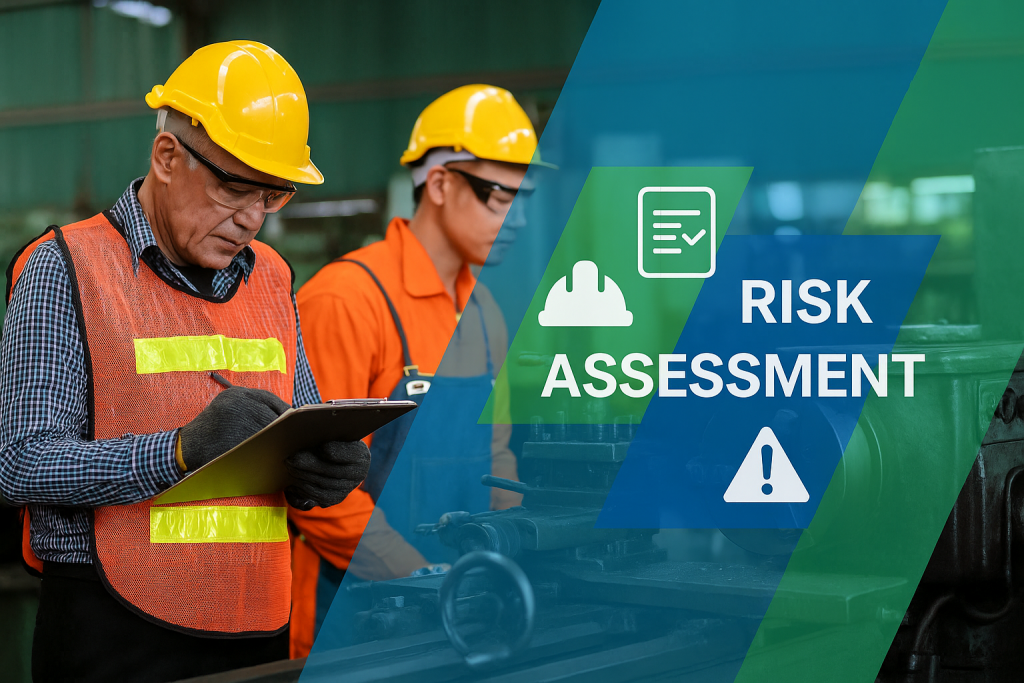
Why Leadership Is the Safety Accelerator #
When leaders actively engage in safety, employees notice — and follow suit. Safety is 70% leadership-driven and 30% policy-driven.
Ways Leaders Influence Safety #
Modeling Safe Behavior: Walk the talk by following PPE rules.
Allocating Resources: Invest in safety equipment and training.
Communicating Priorities: Discuss safety in every meeting.
Empowering Employees: Give teams the authority to halt unsafe work.
Leaders profoundly shape an organization’s safety culture through their actions and words. Modeling safe behavior is paramount; when a manager consistently “walks the talk” by adhering to all PPE rules and safety procedures, it establishes a clear, unspoken standard for the entire team. This visible commitment transforms safety from a mere policy into a shared value. Furthermore, by communicating priorities effectively and consistently, leaders reinforce this standard. Discussing safety briefs in every meeting, celebrating safety milestones, and openly addressing near-misses ensures that safety remains a constant and central focus, embedding it deeply into the company’s daily operations and mindset.
A leader’s dedication to safety is most credibly demonstrated through the strategic allocation of resources. Simply stating that safety is important is insufficient; this commitment must be backed by tangible investment. This means dedicating funds not only for essential safety equipment but also for advanced tools, ergonomic improvements, and preventative technologies that mitigate risks before incidents occur. Moreover, investing in comprehensive, ongoing training programs equips employees with the skills and confidence to work safely and identify potential hazards. By earmarking a proper budget for these elements, leaders send an undeniable message that employee well-being is a non-negotiable, top-tier priority.
A truly effective safety culture is built on a foundation of trust and empowerment. When leaders give teams the explicit authority to halt unsafe work, they are sending the most powerful message possible: that no task is more important than an employee’s well-being. This “Stop Work Authority” transforms frontline workers from passive followers of rules into active guardians of safety. It cultivates a psychologically safe environment where individuals feel responsible for themselves and their colleagues, knowing their judgment is valued and they will be supported, not reprimanded, for speaking up. This ultimate act of trust creates a vigilant, proactive workforce that identifies and mitigates hazards in real-time.
Related Reading: To learn how leadership fits into a broader safety culture, see Building a Safety Culture
Technology as a Leadership Tool #
Dashboards, analytics, and real-time reporting can help leaders track safety performance and intervene before problems escalate.
#WorkplaceSafety #EHS #Leadership #SafetyManagement #EmployeeEngagement




